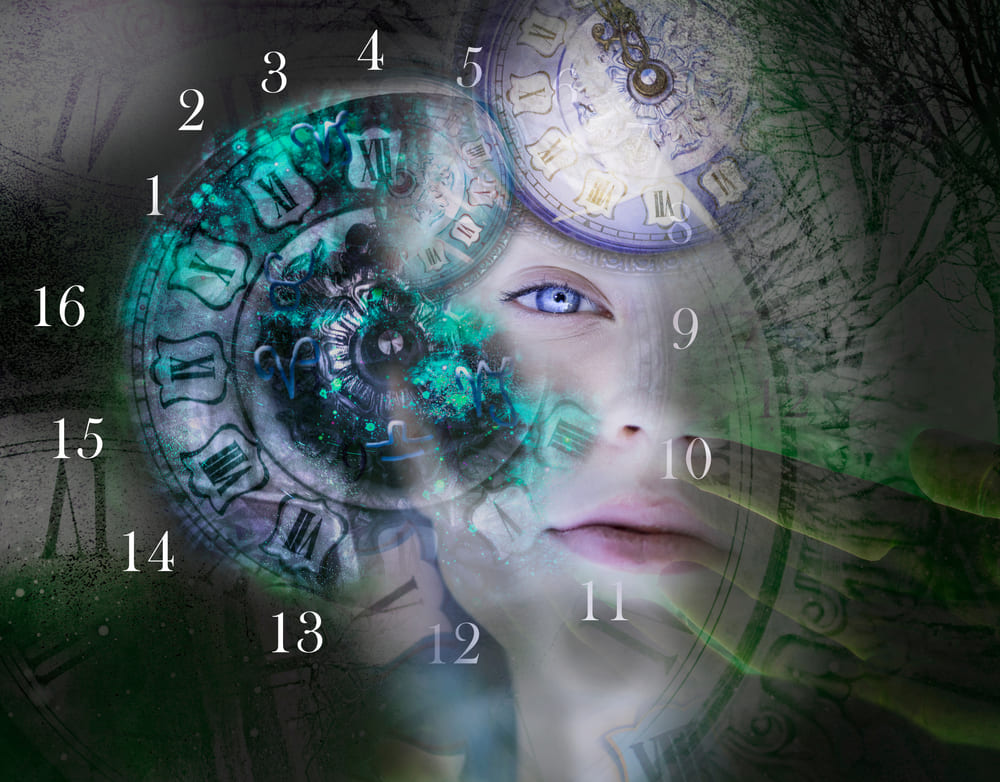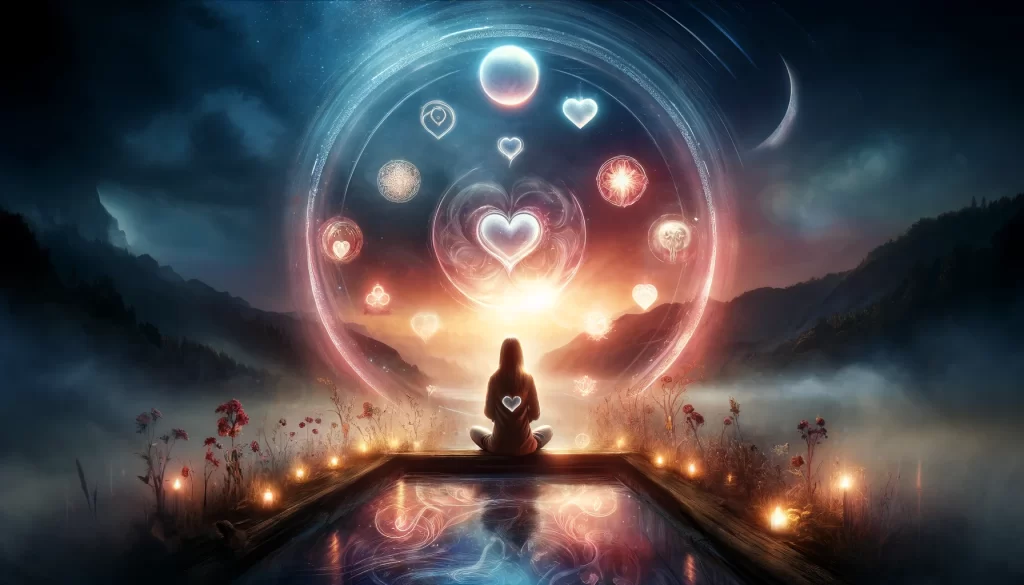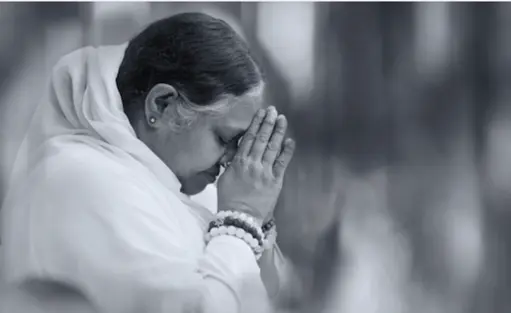There's a moment in every genuine spiritual awakening that doesn't get talked about enough—the moment when you realize...
Read More
It’s Time To Express Yourself & Gain Greater Confidence Check Out Paul's Free Ebook: Groomed For Vulnerability

Forensic Forgiveness: Digging Deep To Find Freedom
The Sacred Nature Of Emotions: How Rituals And Release Move Us Toward Awakening

Discover More Essential Topics

How To Set Boundaries & Sometimes Say Goodbye
Read The Article

Relinquish Codependency: In Life, Love, Relationships & Business
Read The Article

Why Many Of Our Relationships Are Not Fulfilling
Read The Article

Energy Vampires: How To Manage And Avoid These Folks
Read The Article

How Authenticity Leads To Happiness
Read The Article
Emotional Healing Modalities
Read About Paul's Two Main Methods for Emotional Healing
More Articles
The Ruthless Grace of Becoming Sovereign: When Family Roots Must Be Ripped Out
 Paul Wagner
Paul Wagner
 January 10, 2026
January 10, 2026
How to Heal: Spiritual Surrender and the Quantum Leap from Sickness to Wholeness
 Paul Wagner
Paul Wagner
 November 25, 2025
November 25, 2025
Here's the thing nobody tells you about healing: it's fucking rough. Not just the pain, the exhaustion, the endless...
Read More
Forgive Yourself For What You Did In Survival Mode
 Paul Wagner
Paul Wagner
 November 19, 2025
November 19, 2025
YOU DID WHAT YOU HAD TO DO - WHAT YOUR BROKEN SELF DROVE YOU TO DO And even so,...
Read More
Spiritual Healing From Trauma
 Paul Wagner
Paul Wagner
 October 22, 2025
October 22, 2025
Many people believe they are free from their past traumas because time has passed since the wound - but without...
Read More
Wasps In Your Garden: Why Some Souls Must Be Evicted from Your Life
 Paul Wagner
Paul Wagner
 September 30, 2025
September 30, 2025
A Guide to Recognizing Toxic Energy and Reclaiming Your Peace There are guests, and then there are invaders. At first...
Read More
Spiritual Advice for Breakups
 Paul Wagner
Paul Wagner
 September 15, 2025
September 15, 2025
Breakups are brutal. They rip through the illusions we build around ourselves, leaving us stripped, raw, and often ashamed of...
Read More
Powerful Herbs For Sadness, Stress, Sleep, Healing, Anxiety, and More
 Paul Wagner
Paul Wagner
 August 20, 2025
August 20, 2025
There are seasons in a human life when the mind will not quiet, the heart feels heavier than it should,...
Read More
The Skyscraper of Healing: 108 Floors Of Healing From Trauma, Spiritual Awakening and Reclaiming Your Sovereignty
 Paul Wagner
Paul Wagner
 August 4, 2025
August 4, 2025
There is a sacred architecture inside you. A vertical landscape of memory, survival, energy, emotion, and soul. It's not imagined....
Read More
What Does It Mean to Be Sovereign Spiritually? A Guide to Ancestral Compression & Self-Governance
 Paul Wagner
Paul Wagner
 June 25, 2025
June 25, 2025
When Your Healing Stack Doesn’t Work, Something Deeper May Be Happening - Understanding The Impact Of Ancestral Memories On...
Read More
The Repercussions of Healing Through Hatred
 Paul Wagner
Paul Wagner
 May 8, 2025
May 8, 2025
A raw and unfiltered exploration of how new-age spirituality became a culture of projection, spiritual bypassing, and ego performance -...
Read More
Groomed for Vulnerability: An Awakening to Authenticity
 Paul Wagner
Paul Wagner
 February 4, 2025
February 4, 2025
Groomed for Vulnerability: An Awakening to Authenticity Ah, how families groom their purest, most vulnerable children and siblings. It’s a...
Read More
Desire And Spiritual Awakening: Navigating Sex, Love & Romance
 Paul Wagner
Paul Wagner
 January 28, 2025
January 28, 2025
Desire And Spiritual Awakening: Navigating Sex, Love & Romance We are such wild, unpredictable, desirous creatures, how do our desires...
Read More
















